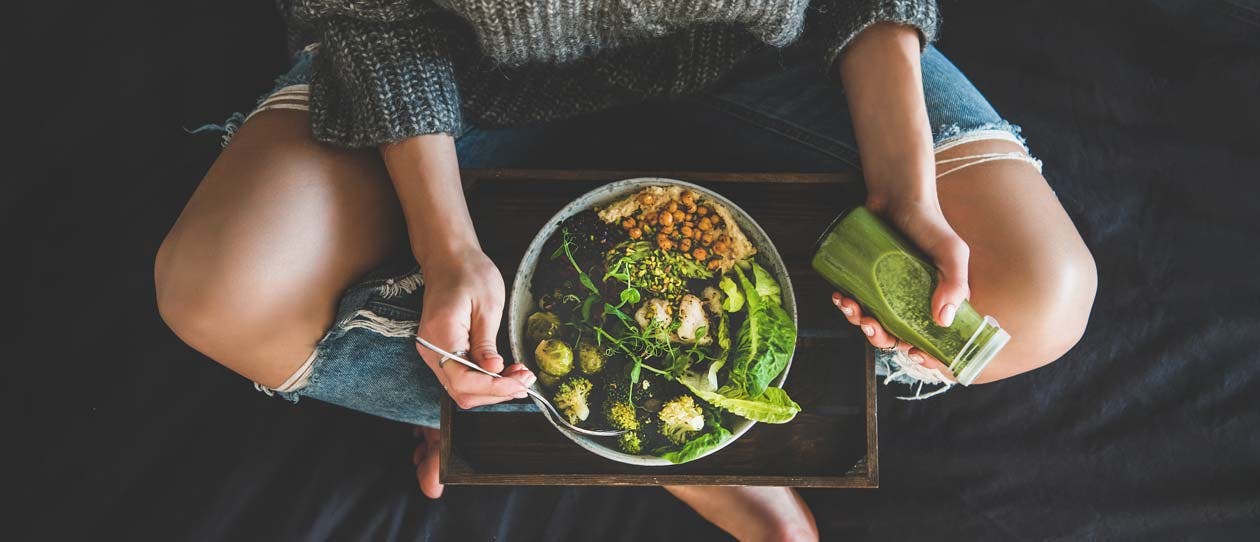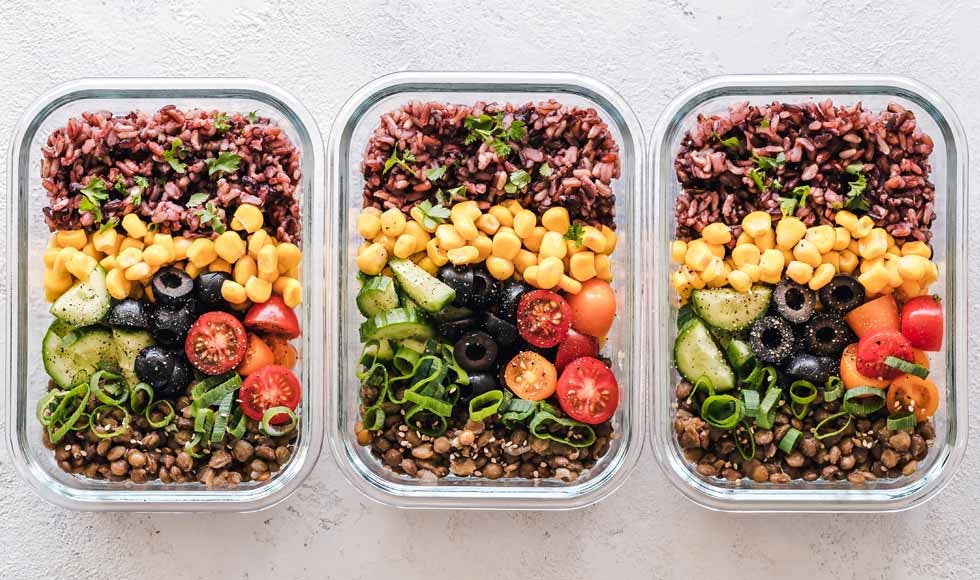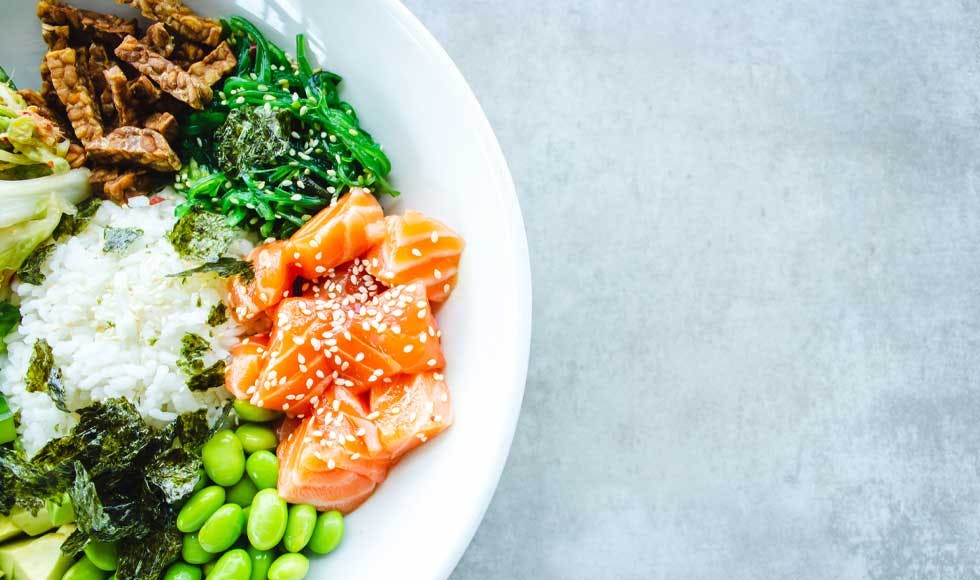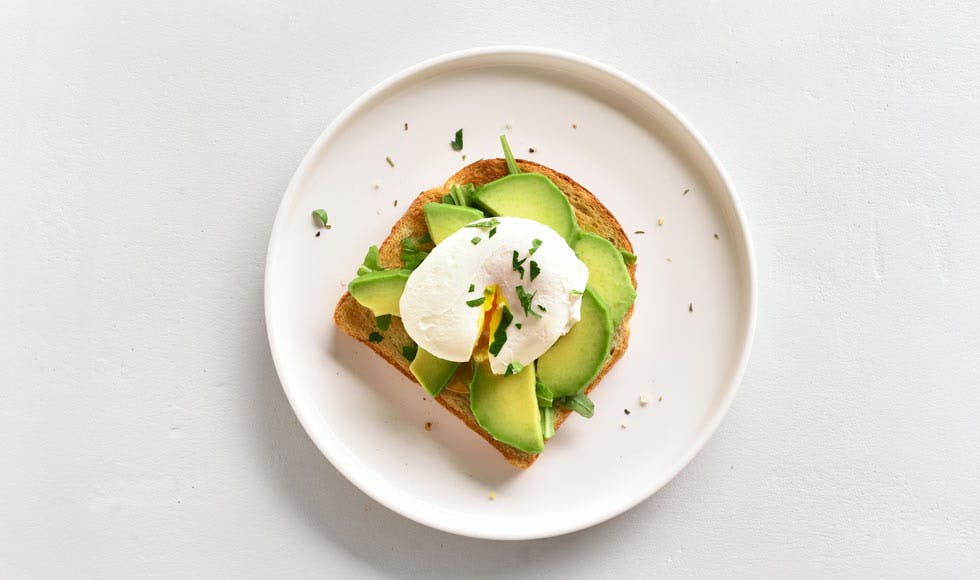2. Use some hacks to hit those targets
Instead of physically counting how many serves from each food group you’re eating, the following strategies can help ensure your diet is a nutrient-dense one.
- Include vegetables in at least two meals a day, making sure that when you do, vegetables account for at least one third of your meal
- Include breads or grains in at least two meals, most days
- Eat lean meat or fish, or a meat alternative, such as tempeh in at least one meal a day
- Add fruit to at least two meals a day or use it as a snack
- Include a serve of low-fat dairy or a dairy alternative, in at least two meals or snacks, every day
- As much as possible, swap discretionary foods - things like biscuits, cakes and potato chips - for one of the foods listed in step one
3. Understand what a nutrient-rich daily menu looks like
With steps one and two under your belt, here’s an example of how those recommendations, tips and suggestions might play out on your plate over the course of a typical day.
Breakfast
- A serve of wholegrain cereal, porridge or muesli, served with low-fat milk or yoghurt (or a dairy alternative) and some fruit
- Two slices of wholemeal toast topped with vegetables (such as mushrooms and spinach) or eggs
Lunch
- A wholegrain roll, wrap or sandwich, lightly spread with avocado and containing tinned fish or a slice of lean meat, chicken or low-fat cheese, and full of a variety of salad vegetables
- Vegetable and legume soup, paired with some wholegrain bread, toast or a roll
- A piece of fruit or a small tub of low-fat yoghurt (or a dairy alternative)
Dinner
- A serve of lean meat, skinless chicken or fish, or a meat alternative
- A serve of wholegrain rice or pasta, or legumes, or a starchy vegetable
- A large serve of a variety of different coloured vegetables – either cooked or in a salad
Snacks
- A piece of fruit
- A small tub of low-fat yoghurt
- A piece of wholegrain toast topped with tomato or avocado
- Protein balls
Need some more ideas on how to create delicious, nutrient dense meals that are easy to make? Sign up to the Wellbeing Kitchen and get healthy recipes straight to your inbox every week!
Sign up





